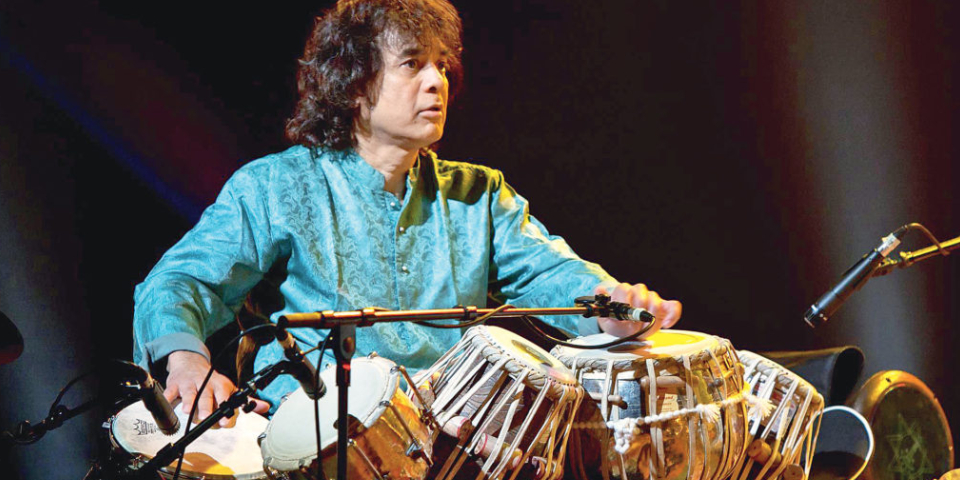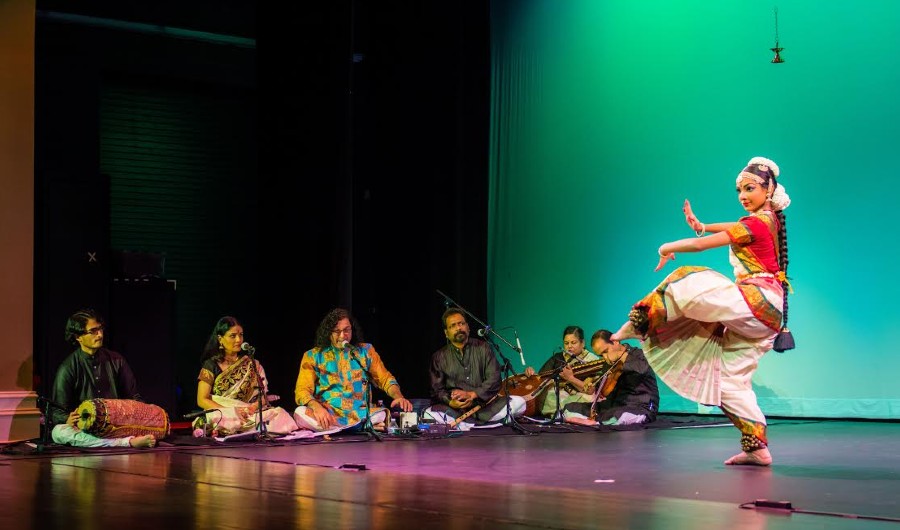Enduring Evolution and Effects of Indian Classical Music

The ultimate guide on the spiritual nature of Indian classical musicians
January 12, 2020
Difference Between Ragas In Indian Music
January 16, 2020Enduring Evolution and Effects of Indian Classical Music

Indian Classical Music has seen a massive evolution through passing times and centuries. The combination of different genres of music renders varied expressions and emotions. India is said to possess one of the most ancient traditions of music and its legacy is humongous. The origin is set to commence from the ancient scriptures called the Vedas. Indian music is termed as “Sangeet” and has certain uniqueness and style making it different from other type of world music genres. Sangeet is defined as a combination of Gayana, which is vocal; Vadana, which is instrumental and Nritya, which is Dance. These 3 art forms are further based on two elements, that is “Taal”, which is rhythm and “Raag”, which is melody.
Evolution of Indian Classical Music
- Indian Classical Music consists of two major styles, one is Carnatic Music and second is Hindustani Music. Both styles of music have seen a vast evolution as centuries have passed, since their inception. Below are reasons to believe the same.
- Many Raagas, that are termed as very rarely used are brought to use and many musical enthisiats are exploring them more in the present era.
- Usage of raagas and swaras were mostly limited to Indian classical music, both Carnatic and Hindustani but the present day world witnesses the same being well adopted in the film industry. Many amazing compositions are created incorporating some of the famous Classical compositions in all different languages.
- Many other world music genres have become great influencers in Indian Classical Music. This is considered to be the major factor when it comes to the evolution of Classical music. The best example is the influence of Persian Sufi music along with compositions from Indian Classical Music is an excellent combination to listen to. Similarly inclusion of pop music into classical, western into classical, etc., are ideal examples that Indian Classical Music is evolving and widening in all varied and unimaginable directions.
Keeping the foundation same along with newer raagas and varied expressions in combination with moods from other - forms of world music acts as a constant evolution in Indian Classical Music on a day-to-day basis.
Creation of New Raagas and exploration using different permutation and combinations of swaras, also known as notes are composed on an everyday basis without hindering the existing tradition and culture of Indian Classical Music in a strict manner. - Maestros such as the renowned Balamurali Krishna have even created a raga using just four or three swaras in it.
- The Bhava or mood of the song is expressed variedly by each artist depending on the way they render the composition as Indian Classical music, whether Carnatic or Hindustani allows complete independence when it comes to creativity and rendering.
- Music world also witnesses the discovery of many new musical instruments that provide such singular tones creating a massive outcome of Bhava. Examples of newly discovered instruments are Zitar, Mohana Veena, Samvadini, Santoor, etc.
- Indian Classical Music thus showcases adaptation techniques from many dissimilar genres of world music alongside retaining the originality of traditional music as part of the evolution everyday. The system of classical music might be old but it is given a new and refreshing life everyday through such adaptation techniques.
Know More About : spiritual nature of Indian classical musicians
Age Criteria to Learn Age Old Traditions of Classical Music?
Generally, 5 years is set as a minimum and appropriate age limit for children to start learning Indian Classical Music. At this age it is believed that every child has a better ability to grasp even though their ability to retain what is being taught might be different between each of them. Thus, starting to learn at the age of 5 would be the right time. On the other hand, there is no age limit up to when one can decide to learn Classical Music. Irrespective of age, all that is required is for an individual to give enough time in a qualitative way towards practicing consistently and regularly. There is no set limit to one listening to good music but when an individual decides to learn, it is better to have clarity on what exactly he or she would like to pursue, whether instrumental, dance or vocal.
All the 3 forms mentioned are related to one another internally and getting properly trained is the only way one can master the art form with the right kind of techniques and implement them. As far as Indian Classical Music or any art form is concerned, there is no end to learning and thus there is no age limit set to learning them , as long as the right attitude and passion is rendered towards it.
Renowned Compositions in Indian Classical Music
Indian Classical Music is an Ocean. It consists of parent scales called “Melakartas” in Carnatic Music and “Thaats” in Hindustani from which it is believed that there are about four lakhs and counting, the number of Raagas formed. Every raaga is structured in such a way that each of them is time specific and are performed mainly at those times to enjoy the complete Rasa, which means mood of the Raaga.
Familiar compositions in both Carnatic and Hindustani are varied and depend on an individual’s choice. Below are some of the famous pieces in Carnatic :
- Alaypaayuthe
- Vatapi
- Thaaye yashoda
- Bhagyada Lakshmi Baaramma
- Krishna Nee Begane
- Pakkaala Nilabadi
- Mokshamu
- Janani Maamava
- Swami Thyagaraja Kritis
- Shri Muthuswami Dikshithar Kritis
- Shri Shyama Shastrigal Kritis
Below are some of the famous Artists in Hindustani Shastriya Sangeet :
- Bhopali – Sahila re by Kishori Thayi.
- Rageshree by Pravin ji.
- Shri Hariprasad Chaurasia
- Ustad Zakir Hussain’s Tabla in Sawai Gandarv
- Amanat Ali Khan & Fateh Ali Khan
- Ustad Amir Khan
- Ustad Ali Akbar Khan
- Ustad Bade Ghulam Ali Khan

